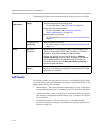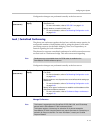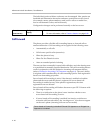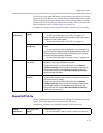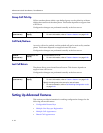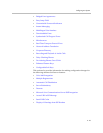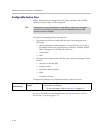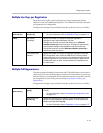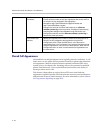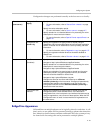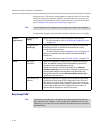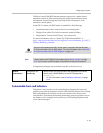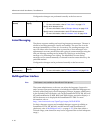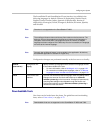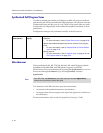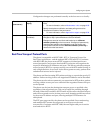
Administrator’s Guide SoundPoint IP / SoundStation IP
4 - 26
Shared Call Appearances
Calls and lines on multiple phones can be logically related to each other. A call
that is active on one phone will be presented visually to phones that share that
call appearance. Mutual exclusion features emulate traditional PBX or key
system privacy for shared calls. Incoming calls can be presented to multiple
phones simultaneously. Users at the different locations have the ability to
interrupt remote active calls.
This feature is dependent on support from a SIP server that binds the
appearances together logically and looks after the necessary state notifications
and performs an access control function. For more information, refer to Shared
Call Appearance Signaling on page B-10.
Local Web Server
(if enabled)
Specify the default number of calls that can be active or on hold per
line key and the number of calls per registration that can be active or
on hold per line key assigned to that registration.
Navigate to http://<phoneIPAddress>/appConf.htm#ls and
http://<phoneIPAddress>/reg.htm
Changes are saved to local flash and backed up to <Ethernet
address>-phone.cfg on the boot server. Changes will permanently
override global settings unless deleted through the Reset Local
Config menu selection and the <Ethernet address>-phone.cfg is
removed from the boot server.
Local Phone User
Interface
Specify per-registration the number of calls that can be active or on
hold per line key assigned to that registration using the SIP
Configuration menu. Either the Web Server or the boot server
configuration files or the local phone user interface should be used to
configure registrations, not a mixture of these options. When the SIP
Configuration menu is used, it is assumed that all registrations use
the same server.



